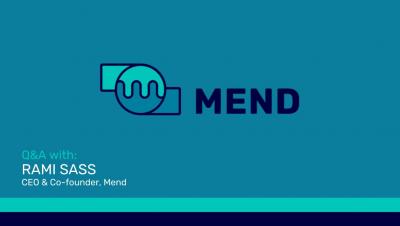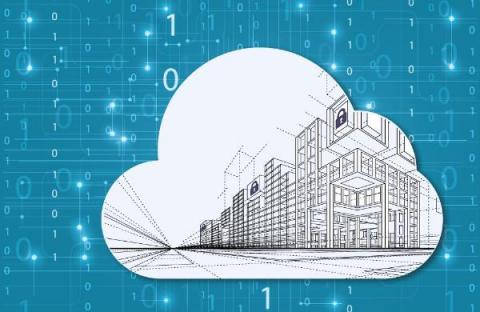Security | Threat Detection | Cyberattacks | DevSecOps | Compliance
June 2022
Attacker Floods npm With Crypto-Mining Packages that Mine Monero When Installed with Default Configuration
Monero (XMR) is an open-source, privacy-oriented cryptocurrency that was launched in 2014. It uses a public distributed ledger containing technology that obscures transaction details to ensure the anonymity of its users. Monero maintains egalitarian mining, allowing anyone to participate. As tempting as it may seem, some go a step further and use the infrastructure of others to participate in mining. Cryptocurrency mining was originally performed using CPUs, and Monero was no different.]
Six Steps to Achieve Zero Trust in Application Security
The continuing escalation in cyberattacks on large corporations, coupled with an acceleration of digital transformation, has forced organizations to reassess their security strategies and infrastructure. This escalation has driven growth in the adoption of zero-trust application security and compliance. The zero-trust approach means that no devices or software should be trusted by default, even if they have permissions and previous verification.
3 Critical Best Practices of Software Supply Chain Security:
If your organization develops software and applications to deliver products and solutions, then more than likely you’re using third-party open source components to help create them. According to most estimates, open source components now make up over 80 percent of software products.
Single Author Uploaded 168 Packages to npm as Part of a Massive Dependency Confusion Attack
Mend Supply Chain Defender reported and blocked dozens of packages from the same author. These packages targeted developers of many companies and frameworks like slack, Cloudflare, Datadog, Metamask, react, Shopify, OpenSea, Angular and more. A dependency confusion attack takes advantage of a software developer’s tendency to pull malicious code from public repositories rather than internal ones.
3 New GitHub Features to Reinforce Your Code, Repo, and Dependency Security
Developers love GitHub. It’s the biggest and most powerful collaboration platform that programmers, developers, and companies use to develop and maintain their software. It’s the biggest source code host with more than 200 million repositories. And it keeps growing. In 2021, more than 73 million developers used GitHub. It gained over 16 million new users in 2021 alone, and GitHub estimates that user numbers will increase to 100 million developers in the next five years.
We are Mend - Company celebration of rebranding from WhiteSource Software to Mend
A Weaponized npm Package '@core-pas/cyb-core' Proclaimed Pentesting Related
Two packages of well-known origin were found exfiltrating Windows SAM and SYSTEM files, apparently as part of internal security research rather than a targeted dependency confusion attack. On June 6th, 2022, the Mend research team used Supply Chain Defender to detect and flag two malicious packages from the same author that contained identical code. We alerted npm and the packages were removed within three hours of publication.
RSA 2022-What a Week!
After two years of virtual events, the Mend team was beyond excited to gather in San Francisco’s Moscone Center and connect with the tech community face to face. This year’s theme was ‘transformation,’ which couldn’t be more appropriate for us as we unveiled our new company name and integrated application security platform with automated remediation for SCA and SAST.
Cloud Security Architecture: A Practical Guide
Cloud computing security architecture describes how an organization secures data, applications, and workloads hosted across cloud environments. It specifies all technologies — both software and hardware — allocated for protecting cloud assets, and defines the security responsibilities shared between the cloud services provider and the organization. Cloud security architecture is a component of the organization’s overall security approach.
Introducing Mend Supply Chain Defender Integration with JFrog Artifactory
When it comes to understanding the difference between open source software vulnerabilities and malicious threats, it’s helpful to think in terms of passive vs. active threats. Vulnerabilities can be attacked and exploited, but in a vacuum don’t pose a threat. Malicious threats are different —– they involve a threat actor actively planning to attack you.












